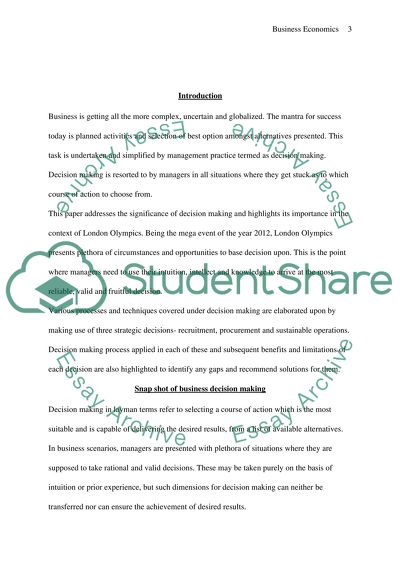Cite this document
(“Business economy Essay Example | Topics and Well Written Essays - 3000 words”, n.d.)
Retrieved from https://studentshare.org/environmental-studies/1409277-business-economy
Retrieved from https://studentshare.org/environmental-studies/1409277-business-economy
(Business Economy Essay Example | Topics and Well Written Essays - 3000 Words)
https://studentshare.org/environmental-studies/1409277-business-economy.
https://studentshare.org/environmental-studies/1409277-business-economy.
“Business Economy Essay Example | Topics and Well Written Essays - 3000 Words”, n.d. https://studentshare.org/environmental-studies/1409277-business-economy.


